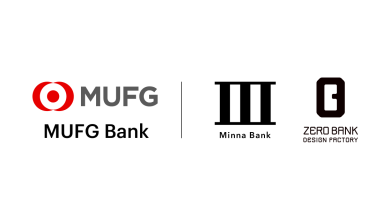
The problem with keynote speeches at large events like Dell Technology World is that they cover the hype and the headlines but leave many “gaps” to be filled when it comes to understanding the details.
The beauty of being at the event itself is that you get the chance to follow up with executives and subject matter experts to ask questions and fill in those gaps.
 That’s exactly what I tried to do when I spoke with Travis Vigil, the Senior Vice President for Dell’s ISG portfolio.
That’s exactly what I tried to do when I spoke with Travis Vigil, the Senior Vice President for Dell’s ISG portfolio.
We had just listened to Jeff Clarke’s keynote, where he gave a high-level overview of Dell’s APEX Storage for Cloud. As interesting as it was, it left us with many questions which I was able to discuss with Travis.
First, we tried to clarify exactly what you get when you purchase one of the APEX Cloud Storage offerings. Is it Dell hardware co-located in the public cloud data centres? Is it just standard cloud storage such as S3 with a pretty management window on top?
Travis explained APEX Cloud Storage offerings are built on Dell’s intellectual property. So, for example, if a customer purchases APEX File Cloud Storage they will essentially be getting PowerScale with the OneFS file system layered over the top of the cloud provider’s capacity. Likewise, for Block, they will be getting the PowerFlex technology layered over that same cloud capacity.
This means for IT professionals already familiar with managing physical Dell storage offerings on-premises, there is no retraining or refactoring required. It’s the same experience and advanced features whether on-prem or on the cloud and most importantly it enables total data portability to put your data where you need it.
Looking to understand just how integrated an APEX Cloud Storage implementation would be with the underlying cloud, we wanted to understand if once configured you could serve that storage to any cloud-native application such as those in the various marketplaces. According to Travis, that’s not possible yet, the application needs to be architected for Dell storage (block) in order to then provision APEX Cloud Storage. Not surprising, but at DSA we imagine a time in the future (perhaps a long way off) when these storage offerings may be configurable for any app that you may activate on your chosen cloud.
Playing devil’s advocate, we asked Travis whether Dell’s “Cloud to Ground” mantra is just a marketing play to convince customers to move workloads off the cloud where Dell can sell them more hardware.
Travis explained there are clear-cut cases where companies are finding they need data on the “Ground” and Dell’s multi-cloud by design approach enables this. Things like data sovereignty, data privacy and data gravity all dictate that companies need to be able to locate data on-prem for a variety of reasons, and the APEX Storage for Cloud enables data to be moved to the right place at the right time, even “cloud bursting” for temporary high peak requirements becomes a reality.
In terms of cost, APEX Storage for Cloud is sold “as-a-Service” on a cloud subscription model. If you run this storage on an on-premises cloud stack, Dell gives options on how the underlying hardware can be acquired (CAPEX/OPEX etc).
Travis can see initial fast adoption for APEX File Storage for Cloud, even seeing the possibility of selling that to clients who currently don’t use Dell storage hardware on-premises. However, the real payoff is for those already using Dell storage in their own data centres, who start to see a true multi-cloud experience by adding cloud-based storage that is totally compatible with their existing storage and can be managed from one point of control.
We like the fact that Dell gets that the foundation of multi-cloud starts with storage, we can also see that the APEX Storage for Cloud opens up options that might make it more compelling for people selecting an on-prem array today, knowing they will have the flexibility and portability to extend that storage into the cloud in the future.
It will be interesting to see how the adoption of these offerings progresses. But clearly, Dell has delivered what it promised a year ago when it started sharing its vision for ubiquitous storage at the last Dell Technologies World event.




